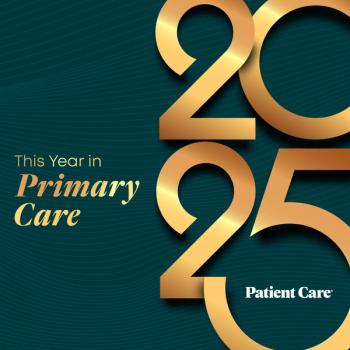
USPSTF Issues Final Recommendations for Anxiety, Depression Screening in Youth
For the first time, the task force recommended screening children aged 8 and older for anxiety in primary care settings.
The US Preventive Services Task Force (USPSTF) published final recommendations on screening for anxiety, depression, and suicide risk in children and adolescents in
For the first time, the USPSTF recommended screening for
The task force also concluded that current evidence was insufficient to assess the balance of benefits and harms of screening for MDD in children aged ≤11 years or for screening for
“The Task Force reviewed the evidence on screening for anxiety, depression, and suicide risk to provide primary care professionals with guidance on how they can help support the mental health of children and adolescents,” said USPSTF member Martha Kubik, PhD, RN, in a
These recommendations replaced the 2014 USPSTF recommendation statement on screening for suicide risk in adolescents and the 2016 recommendation statement on screening for MDD in children and adolescents.
The final recommendations are consistent with the 2022 draft recommendation statements on these topics, which were posted for public comment on the task force’s website from April 12, 2022, to May 9, 2022.
“The Task Force cares deeply about the mental health of all children and adolescents. Unfortunately, there are key evidence gaps related to screening for anxiety and
The USPSTF emphasized that screening is only the first step in helping children and adolescents with anxiety and depression. Children who screen positive need further evaluation to determine if they have anxiety or depression. After diagnosis, the task force stated that children and adolescents should participate in shared decision-making with their parents and health care professional to identify the treatment or combination of treatments that are best for them, and then be monitored regularly to ensure that the chosen treatment is effective.
Newsletter
Enhance your clinical practice with the Patient Care newsletter, offering the latest evidence-based guidelines, diagnostic insights, and treatment strategies for primary care physicians.






























































































































































































































































































































